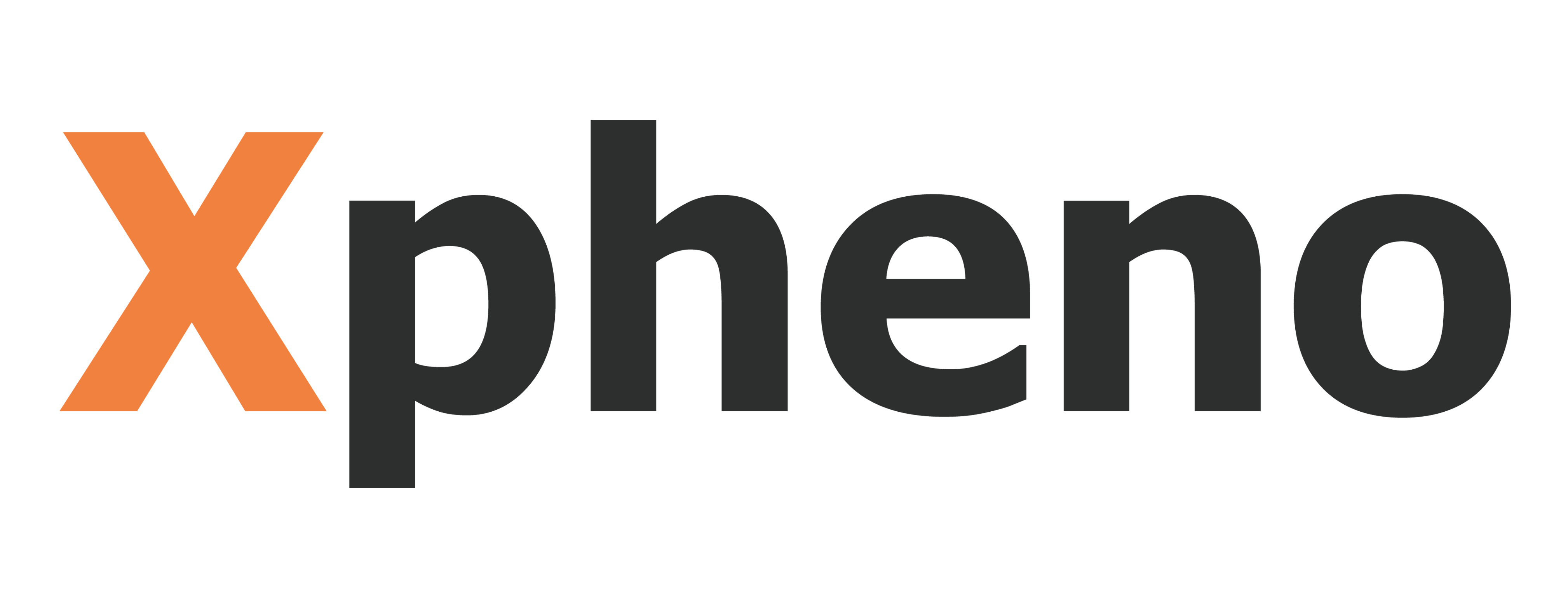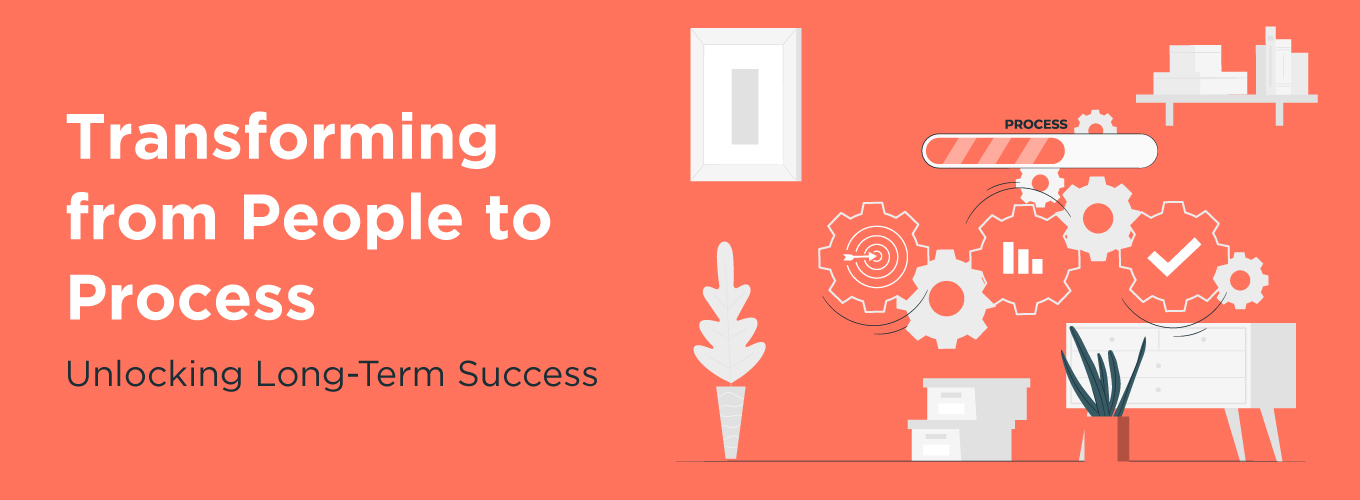Transforming from People to Process – Unlocking Long-Term Success
An age-old framework that companies employ is the people, process, and technology (PPT) framework. Businesses use it to improve the operational efficiency of their employees and tools.
How people, process and technology interact
The phrase “People, Process, and Technology” originates from Harold Leavitt’s 1964 paper “Applied Organization Change in Industry”.
People do work but the key question is what do they use to do the work? Even in the age of artificial intelligence, the output of all machines is still governed by people.
A process is something that helps people do work better. The process defines and standardizes the work and prevents mistakes while working.
Technology helps people do work faster and more innovatively, especially in the age of AI.
How do people, process and technology interact? When people interact with process, we scale and accelerate growth. A common example is how large food chains use processes to standardize the food preparation and overall experience. When people interact with technology, we innovate. Essentially, we use technology to create a new way of doing something familiar. When processes interact with technology, we automate. Recently, we have seen that machine learning and deep learning have come about and machines can execute faster than any human ever can. When we successfully manage the interactions of all three: people, process, and technology, we grow.
According to Anil Ethanur, Talent Specialist, CoCreating Xpheno
From people to process
Several companies have been heavily dependent on the people part of their organization. Recruiters have been busy and people have been added to support growth. Medium and small companies start with a focus on people, however, for long-term success, process is crucial. Market expansion gives companies the opportunity to transform from people to process. Most companies start with a core group of people or the nucleus. As the company grows, the processes fall into place and the company grows to take the path of growth and institutionalization. Established processes are a mark of good company. Processes are very important in an industry where attrition rates are high at over 40%.
As a business owner, if you want your company to last forever, you need to focus on a process-driven organization. A process-driven organization is one that focuses on method, improving its functions and works towards efficiency while maintaining value. This ensures growth in operations and performance. Hence several companies are re-modelling their people-driven models to process-driven systems. There are several benefits of this:
- The structural layout of a people-driven organization is very different from a process-driven one. The people-driven companies depend on inputs and decisions from an individual/ manager/entrepreneur or investor. This limits the efficiency of the organization.
- The advantage of a process-driven organization is that the knowledge resides in the business systems. Employees can easily be trained to manage these processes and therefore takeover by new employees is very easy.
- Processes enable and feed you with information and give you control. A process-driven company is well-regulated and has high performance standards.
- Replication is a huge benefit of a process-driven organization. Operations are easily replicated for new locations and with new partners. Other advantages are functionality and efficiency which aid quick growth.
- Process-driven companies easily adapt to change. Adaptation is seamless and without disruption. Continuous adaptation is required to deal with competition and implement new strategies.
- Process-driven organizations manage complexities with ease. Growth funnels changes in functions and expectations. Processes will help you manage these complexities efficiently and ensure that business continues to thrive.
- Importantly, processes reduce human error and are therefore more successful than people-driven organizations.
Conclusion
In a people-driven organization, the processes are disconnected and this affects the functioning of the organization. A process-driven company can in contrast evolve, adapt, and change continuously. There are huge advantages of a process-driven approach and more and more companies are shifting to it from a people-driven approach. A process-driven company offers value and efficiency and can deliver better value for business.










